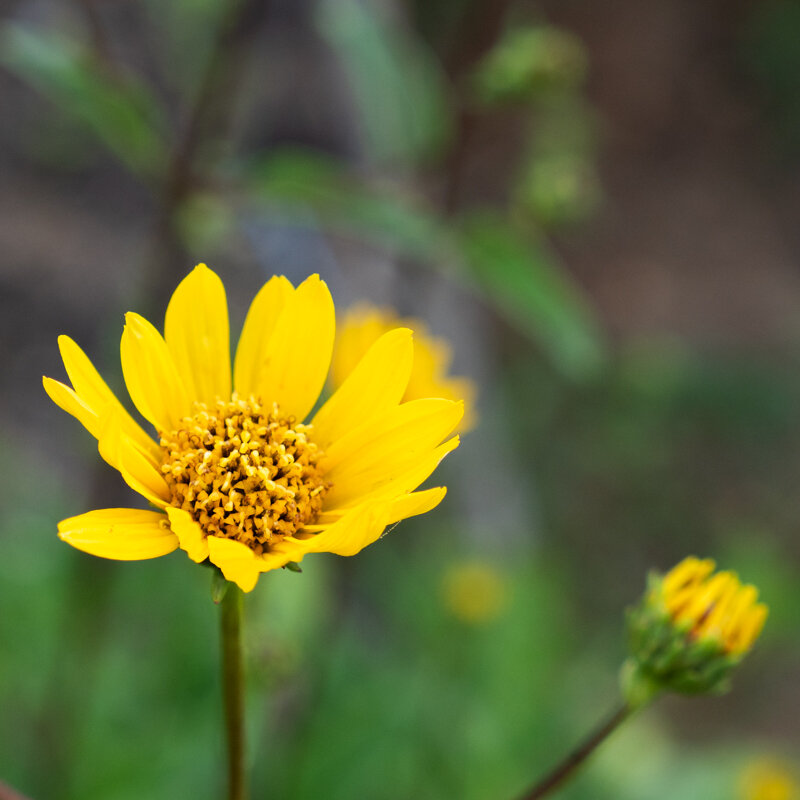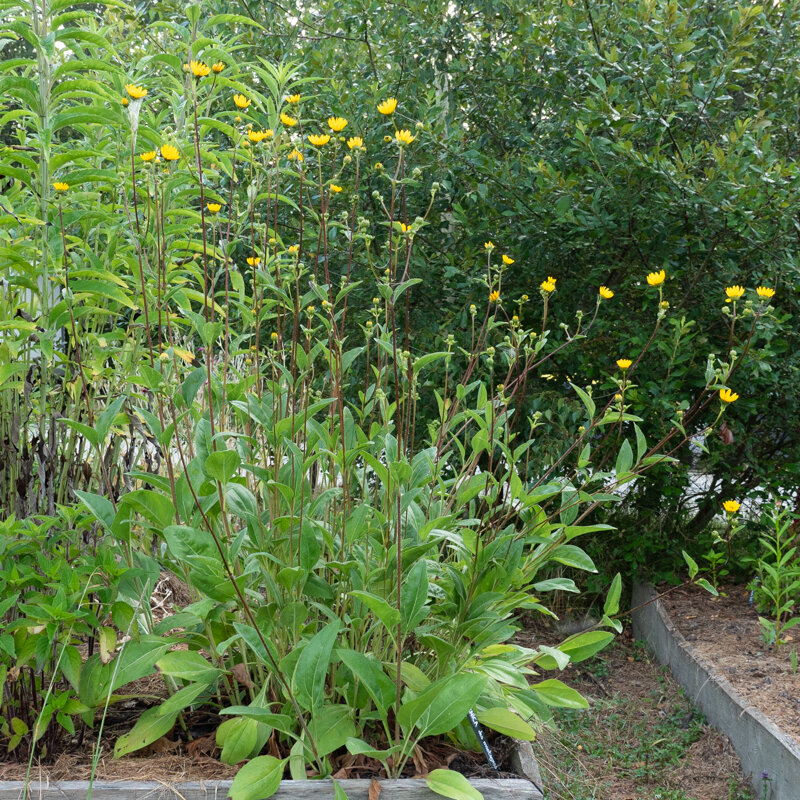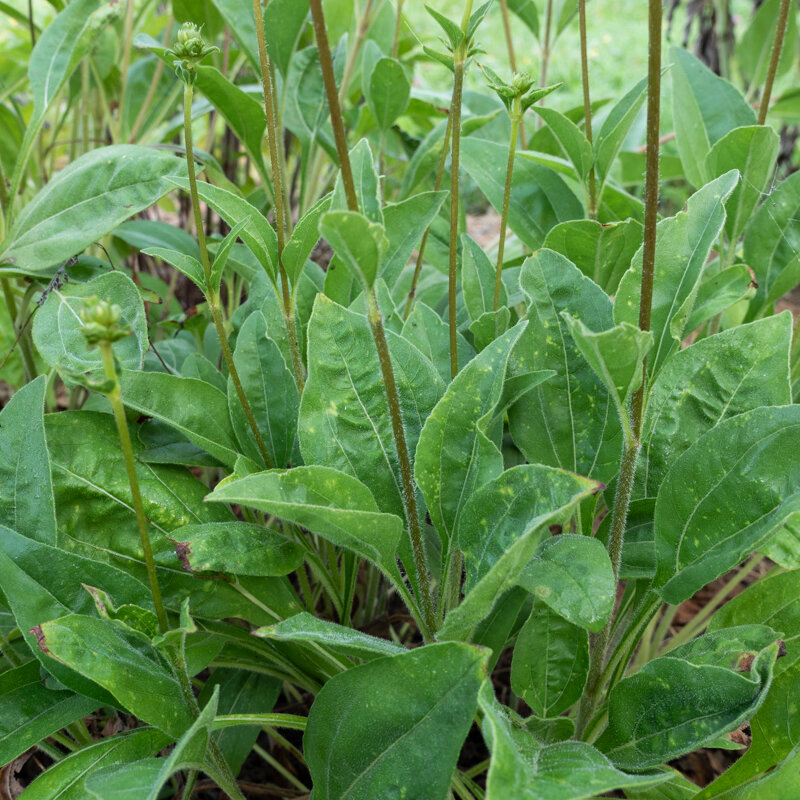Mountain Arnica
This perennial species, native to the mountainous regions of Europe and southern Russia, produces a rosette of downy leaves and an upright stem ending in a sunny, melliferous, medicinal flower 6 to 8 cm in diameter.
Particularly renowned for its anti-inflammatory, analgesic, antirheumatic, relaxing, antiecchymotic and healing properties, Arnica montana is on list A of the French pharmacopoeia.
It is used externally - as an oily macerate, ointment, herbal tea compress, etc. - to relieve bruises, sprains and pains. - to relieve bruises, sprains, muscle pain and tendonitis.
Arnica is a relatively demanding plant, requiring moist, humus-rich, lime-free, acid loam soil. Sow on the surface, in pots or trays, as the seeds need light to germinate properly. Transplant into individual pots, if necessary, before planting out in the garden, after the last frosts, at a distance of 30 to 60 cm in all directions. It grows particularly well in areas between 600 and 2000 m altitude. In low-lying areas, grow in a shady, damp spot.
March, April, May
May, June, July, August, September
in the ground
sunny, semi-shade
medium
clayey, sandy, humus
wet, rich, furniture
Arnica montana
mid-season
0.1 grams
Yellow, Light green
fragrance
From 20 to 60 cm
From 6 to 8 cm












